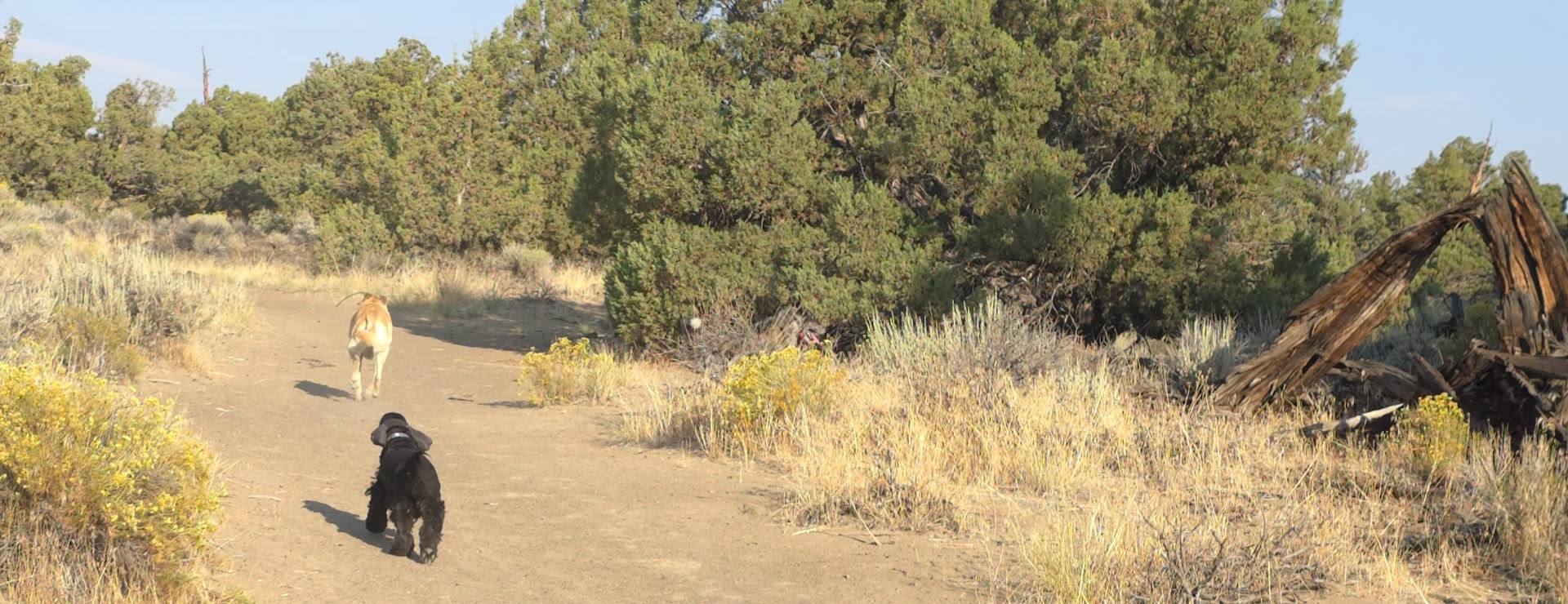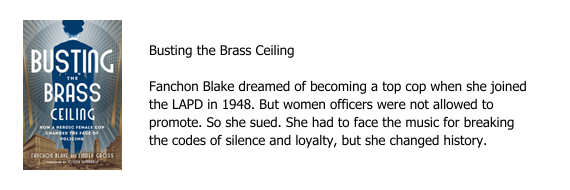My writing coach client was closing in on the end of her novel. Like a pony heading back to the barn, she had picked up her pace and was clipping right along. Until she got stuck, and her writing slowed and then stopped. She was on the road with her husband when she...




























